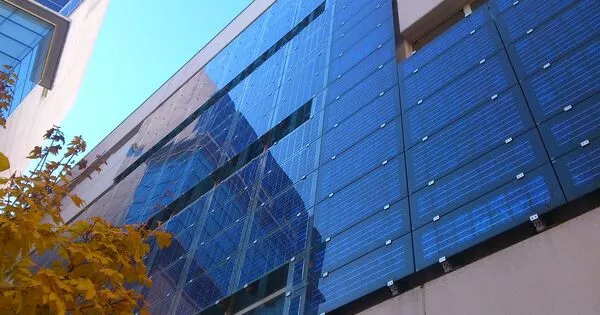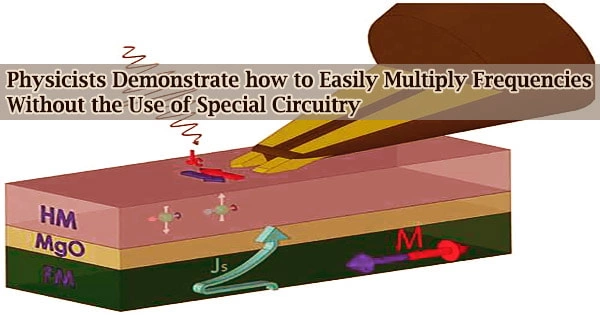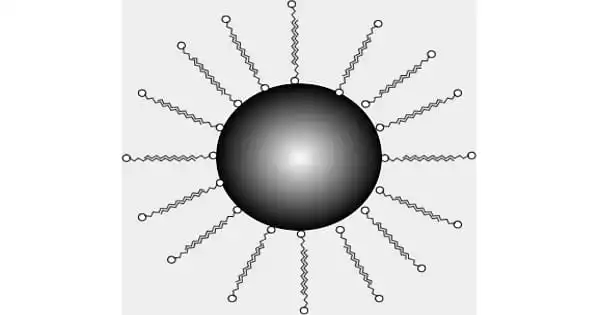Building-integrated photovoltaics (BIPV) are photovoltaic materials that are utilised to replace traditional building materials in areas such as the roof, skylights, or façade. It refers to the incorporation of solar energy-generating components into the design and architecture of a structure. They are increasingly being used in the construction of new buildings as a primary or secondary source of electrical power, though identical technology can be retrofitted into older structures.
Rather than attaching solar panels to an existing structure, BIPV elements are incorporated during the construction process, elegantly merging solar power generation with the aesthetics and functioning of the building.
BIPV systems can take various forms, including:
- Solar Roof Tiles: Replacing traditional roof tiles or shingles with solar panels designed to look like roofing materials. This approach maintains the building’s appearance while generating electricity.
- Solar Facades: Incorporating solar modules directly into the building’s exterior walls or facades, either as cladding or as part of the building envelope.
- Solar Windows: Using transparent solar cells integrated into windows or glazing to allow light transmission while generating electricity.
- Solar Awnings and Canopies: Placing solar panels on shading structures like awnings, overhangs, or canopies to provide both power generation and shade.
Benefits of Building-integrated Photovoltaics:
The advantage of integrated photovoltaics over non-integrated systems is that the initial cost can be covered by reducing the amount spent on building materials and labour that would otherwise be necessary to construct the component of the building that the BIPV modules replace. Furthermore, BIPV enables more widespread solar adoption where the aesthetics of the building are important and typical rack-mounted solar panels would compromise the intended look of the building.
- Aesthetics: BIPV systems offer improved aesthetics compared to conventional solar panels since they can be designed to blend seamlessly with the building’s architecture.
- Space Utilization: BIPV allows for the efficient use of space since the solar elements are integrated into existing building components like roofs and facades.
- Energy Generation: BIPV systems contribute to on-site renewable energy generation, reducing the building’s reliance on traditional energy sources and decreasing carbon emissions.
- Improved Sustainability: By generating clean energy directly at the point of consumption, BIPV helps reduce the building’s environmental impact.
- Energy Savings: Using solar energy can lead to reduced electricity bills and long-term cost savings.
Challenges of Building-integrated Photovoltaics:
- Cost: BIPV systems may initially be more expensive than traditional solar panel installations due to the integration and specialized design involved.
- Efficiency: BIPV technologies may have slightly lower efficiency compared to standard solar panels since they need to balance aesthetic considerations.
- Design and Engineering: Integrating solar components into the building’s design requires careful planning and collaboration between architects, engineers, and solar experts.
- Durability and Maintenance: Ensuring the longevity and reliability of BIPV systems over the building’s lifespan can be challenging, especially in harsh weather conditions.
















